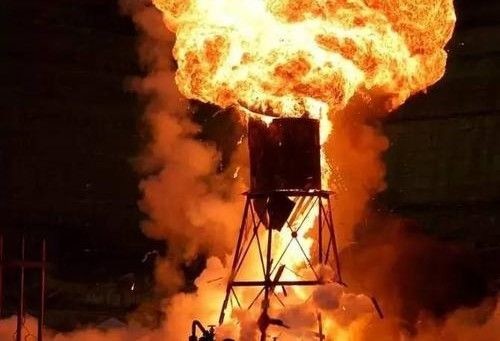In standard testing conditions, the concentration limit at which a combustible gas or vapor mixed with an oxidizing gas leads to an explosion is termed as the explosion limit. Commonly, the term ‘explosion limit’ refers to the concentration limits of combustible gases or vapors in air. The lowest concentration of a combustible gas that can cause an explosion is known as the lower explosion limit (LEL), and the highest concentration as the upper explosion limit (UEL).

When combustible gases or liquid vapors are within the explosion limits and encounter a heat source (such as an open flame or high temperature), the flame rapidly spreads through the gas or dust space. This quick chemical reaction releases a significant amount of heat, generating gases that expand due to heat, creating high temperatures and pressures with immense destructive potential.
Explosion limits are key parameters in describing the hazards of flammable gases, vapors, and combustible dust. Typically, the explosion limits of flammable gases and vapors are expressed as a percentage of the gas or vapor in the mixture.
For instance, at 20°C, the conversion formula for the volumetric fraction and mass concentration of a flammable gas is:
Y = (L/100) × (1000M/22.4) × (273/(273+20)) = L × (M/2.4)
In this formula, L is the volumetric fraction (%), Y is the mass concentration (g/m³), M is the relative molecular mass of the combustible gas or vapor, and 22.4 is the volume (liters) occupied by 1 mol of a substance in gaseous state under standard conditions (0°C, 1 atm).
For example, if the methane gas concentration in the atmosphere is 10%, it converts to:
Y = L × (M/2.4) = 10 × (16/2.4) = 66.67g/m³
The concept of explosion limits for flammable gases, vapors, and dust can be explained by the theory of thermal explosion. If the concentration of a flammable gas, vapor, or dust is below the LEL, due to the excess air, the cooling effect of the air, and insufficient concentration of the combustible, the system loses more heat than it gains, and the reaction does not proceed. Similarly, if the concentration is above the UEL, the heat generated is less than the heat lost, preventing the reaction. Additionally, excessive combustible gas or dust not only fails to react and generate heat due to lack of oxygen but also cools the mixture, preventing the spread of flame. Moreover, for certain substances like ethylene oxide, nitroglycerin, and combustible dust like gunpowder, the UEL can reach 100%. These materials provide their oxygen during decomposition, allowing the reaction to continue. Increased pressure and temperature further facilitate their decomposition and explosion.
 Shenhai Explosion-Proof
Shenhai Explosion-Proof
